Introduction
Do Rats Lay Eggs: The rats laying eggs may seem absurd to many, but it is a topic that has sparked curiosity and confusion among both children and adults. Rats underground are often associated with filth, disease, and scavenging behaviors, making them subjects of both fascination and repulsion. While most of us may have a basic understanding of the reproductive processes of common animals, the intricacies of rat reproduction are not as widely known. This raises interesting points about biology, evolution, and the diversity of life on our planet. Rats do not lay eggs. Rats, like all mammals, give birth to live young. Their reproduction follows a pattern typical of placental mammals, a group that includes humans, dogs, cats, and many other animals.
This distinction is crucial in unraveling the mysteries of rat reproduction and appreciating the fascinating diversity of life forms that exist in the animal kingdom. However, it’s deeper into this topic to grasp the significance of the question and why it may arise in the first place. Misconceptions about rat reproduction may stem from a lack of biology or simply from the blurred lines between fact and fiction when it comes to these rodents. Stories of strange creatures, hybrids, and fantastical creatures have permeated human culture. for centuries, and rats have occasionally found themselves at the center of such tales.
In this only clarifies the reproductive process of rats but also sheds light on why such misconceptions persist, the of understanding the biology of various species, and how our understanding of the natural world evolves over time. So, let’s embark on this discovery into the world of rat reproduction, dispelling myths and uncovering the truths of these remarkable rodents. For centuries, rats have occasionally found themselves at the center of such tales.
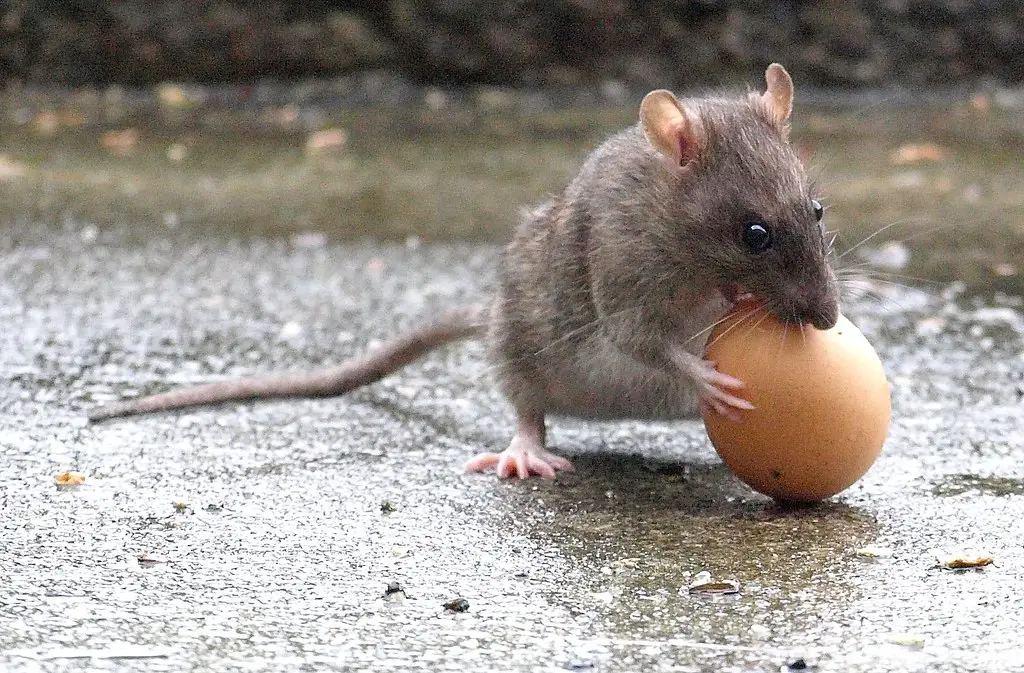
How does a rat give birth?
Birth begins. One by one the babies will make their way down the birth canal and be pushed out They can be born either head first or rump first. A female rat will help deliver the pup with her hands and teeth, pulling away the placenta and birth sac.
The process of rat birth begins with mating. Rats are known for their prolific reproductive abilities, and a female rat can become pregnant shortly after reaching sexual maturity, which is typically around six weeks of age. Once impregnated, the female rat carries her developing offspring in her uterus.
The gestation period for rats is relatively short, lasting approximately 21 to 23 days. This relatively brief pregnancy is advantageous for rats, as it allows them to reproduce rapidly, a key factor in their survival and adaptation as a species.
As the female rat’s pregnancy progresses, she begins to exhibit nesting behavior. This involves the creation of a suitable and safe environment for her impending litter. Rats are known for their resourcefulness, and they often construct nests from available materials, such as paper, cloth, or other soft substances.
When the time for birth approaches, the female rat will retreat to her nest, which a secure and warm environment for her and her offspring. The actual process of giving birth, known as parturition, typically occurs at night. Rats are nocturnal animals, and this timing helps minimize the risks associated with predators.
What do baby rats look like?
Small size – A baby rat is no larger than an eraser head or golf ball when it’s born, so if you find something smaller than this it’s probably not an adult rat. Blue-gray colouring – Baby rats have very dark eyes and ears that are covered with fur until they get older and begin growing hair on them.
Newborn rat pups are incredibly tiny, measuring about 2 to 4 inches in length from the tip of their noses to the base of their tails. At birth, rat pups are mostly pink or pale in color. They have a semi-translucent appearance, with their skin appearing delicate and slightly wrinkled.
During this stage, rat pups are nearly hairless, although some fine, barely visible hairs might be present. These hairs usually develop in areas like the face and paws. As the pups approach their second week of life, they begin to undergo a significant change in their appearance. Fur development starts, initially as sparse, soft, and light-colored fuzz.
By the end of their second week, the fuzz on the rat pups’ bodies becomes denser and takes on a slightly darker hue. The fur may vary in color depending on the rat’s specific genetics. The rat pups’ eyes begin to show signs of opening at around 13 to 14 days, but they are not fully open yet.
Around 14 to 17 days of age, the rat pups’ eyes fully open. Initially, their eyesight is not well-developed, and their vision is blurry. The ear canals continue to mature during this stage. As the rat pups reach the end of their third week, they have grown significantly, both in size and weight. Their fur becomes thicker and more defined in color. The specific coloration varies depending on the rat’s breed and genetic makeup.
Do rabbits lay eggs?
Allow us to clear this up: No, bunnies do not lay eggs. As placental mammals, rabbits develop embryos inside a uterus and, after a pregnancy lasting about 31 to 33 days, give birth to a litter of often 12 or more bunnies.
Mating: Female rabbits, called does, become fertile and receptive to mating at specific times, known as estrus or “being in heat.” Male rabbits, known as bucks, mate with the does during this period.
Gestation: After mating, the fertilized eggs develop within the female’s body. The gestation period for rabbits is relatively short, lasting about 28 to 31 days, depending on the rabbit’s species and breed.
Birth: When the gestation period is complete, the pregnant doe gives birth to a litter of live baby rabbits, which are commonly referred to as kits.
Care of Young: Mother rabbits are known for their nurturing instincts. They nurse their kits, warmth, and protect them in a nest made of straw or fur. The kits grow quickly and are weaned by their mother when they are about three to four weeks old.
Can you touch a baby rat?
I’ve found a baby rodent
If the young animal is moving around, has fur covering its body and its eyes are open, the best thing to do is leave it alone. Their parents are likely to be nearby, so don’t touch them unless they’re in immediate danger and they need to be moved a very short distance to a safe place.
Necessary Care: Sometimes, handling baby rats is essential for their well-being. For instance, if the mother rat is not caring for them properly or if there is a medical issue, you may need to handle them to necessary care, such as feeding or cleaning.
Socialization: If you plan to keep the rats as pets, regular and gentle handling from an early age is crucial for socialization. Rats that are well-socialized tend to be more comfortable around humans and make better pets.
Limit Stress: Limit the duration of handling sessions, especially in the early stages. Overhandling can cause stress, so it’s best to start with short sessions and gradually increase the duration as they become more accustomed to it.
Respect Individual Personalities: Just like people, rats have different personalities. Some may be more outgoing and receptive to handling, while others may be more reserved. Respect their individual comfort levels.
Do rats multiply quickly?
A female rat typically births six litters a year consisting of up to 12 rat pups, although 5-10 pups are more common. Rats reach sexual maturity after nine weeks, meaning that a population can swell from two rats to around 1,250 in one year, with the potential to grow exponentially.
Rats, particularly the common brown rat and the black rat have a remarkably high reproductive rate. A single female rat, or doe, can become sexually mature at as early as five weeks of age. Once sexually mature, a female rat can reproduce every 21 to 23 days, depending on environmental factors such as food availability and climate. A typical rat litter can consist of 6 to 12 pups, but larger litters are not uncommon.
Some reports have documented litters of up to 20 or more pups. The gestation period for rats is relatively short, lasting around 21 to 23 days. This brief pregnancy period allows them to reproduce rapidly and frequently. It’s not uncommon for a single female rat to have several litters in a single year, which can lead to exponential population growth.
Rats are highly adaptable and possess strong survival instincts. They can thrive in a variety of environments, from urban areas to rural settings. Their ability to find food and shelter in diverse conditions contributes to their rapid multiplication. Unlike some animals that have specific breeding seasons, rats can reproduce year-round.
What do baby rats eat?
What Do Baby Rats Eat? Newborn baby rats drink their mother’s milk for around three weeks. After that, they can eat solid food but may continue to nurse for several more weeks while they learn about other foods. Baby rats then transition into an adult diet.
During the first few weeks of their lives, baby rats exclusively feed on their mother’s milk. This milk essential nutrients, antibodies, and hydration. Mother rats, or does, produce milk that is rich in fat and protein, vital for the rapid growth of their offspring.
Around the age of three to four weeks, baby rats begin the transition from solely consuming their mother’s milk to nibbling on solid food. During this stage, the mother may introduce her pups to solid foods by regurgitating partially digested food, allowing the young rats to taste and learn about different food sources. It’s also a suitable time to offer soft, easily digestible solid foods to the pups.
The weaning process typically occurs when baby rats are around four to five weeks old. During this phase, they gradually reduce their dependence on their mother’s milk. Weaning foods for baby rats can include specially formulated rat pellets, softened with water or milk to make them easier to chew and digest.
How long do baby rats live?
From birth to adult, rats take about three weeks to mature and begin fending for themselves. The rodents reach sexual maturity in about five weeks and begin mating soon after to produce the next generation to start the rat life cycle over again. Life expectancy for rats is about two to three years.
Baby rats are highly vulnerable during the neonatal stage, which encompasses their first week of life. Survival at this stage depends on the mother rat’s care and the availability of a suitable nest, warmth, and nutrition. Unfortunately, not all baby rats make it through this fragile period, and mortality rates can be relatively high due to factors like inadequate maternal care or health issues.
If baby rats successfully pass the neonatal stage and receive proper care, their chances of survival significantly improve. During this period, they continue to rely on their mother’s milk for nourishment and protection against disease. The mother rat’s role in nurturing and keeping them warm remains crucial.
As baby rats transition to solid food and become more self-sufficient, their likelihood of survival increases. Well-cared-for baby rats that reach the weaning stage at around three to five weeks of age have a relatively high probability of reaching adulthood. Their longevity from this point onward largely depends on factors such as genetics, living conditions, and access to proper nutrition and healthcare.
Can baby rats live without their mother?
If you leave the nest alone, the babies will die of starvation without their mother. The nest can then cause odor and other problems as the baby rats decompose. You will not usually be able to take them to a wildlife rehabilitation specialist, because they are very common and also a pest species.
Baby rats are at their most vulnerable during the neonatal stage, which encompasses their first week of life. During this stage, they are entirely dependent on their mother for warmth, nourishment, and protection. In general, it is highly challenging for neonatal rats to survive without their mother. Their chances of survival are minimal if they are separated from her during this critical phase.
As baby rats progress beyond the neonatal stage and reach the early development phase (around one to three weeks of age), they become more robust and may be able to survive short separations from their mother. However, they still rely on her milk for essential nutrients, and her care remains crucial for their well-being.
When baby rats reach the weaning stage (around three to five weeks of age), they start to transition to solid food and become more independent. While they continue to benefit from their mother’s presence and guidance, they are better equipped to survive short separations. Under appropriate conditions, such as a clean and warm environment with access to suitable nutrition, they may have a reasonable chance of living without their mother.
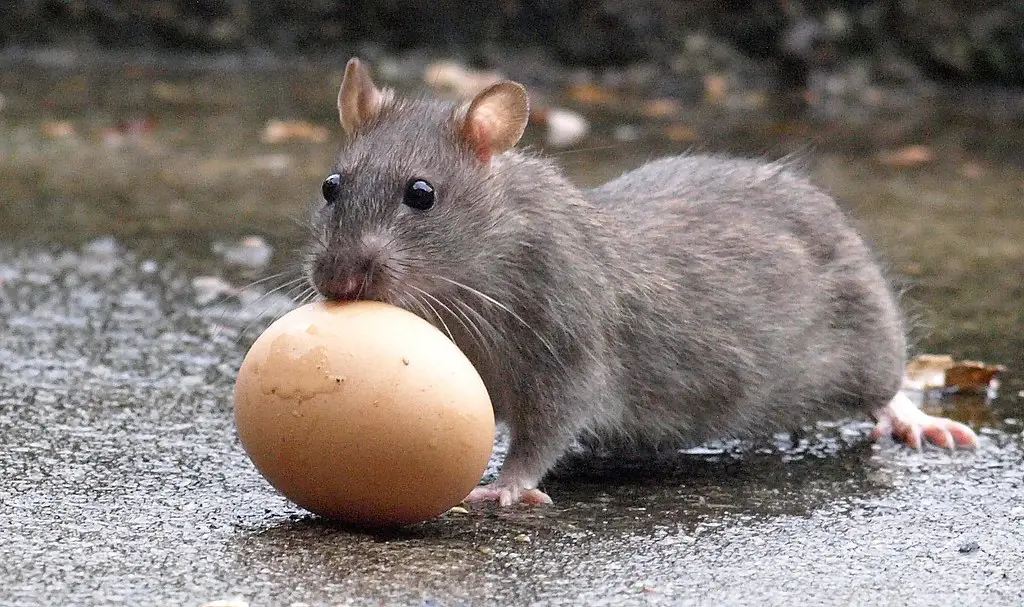
Conclusion
The seemingly peculiar embarked on a fascinating journey through the world of rat biology, reproductive processes, and the intricate web of myths and misconceptions that often surrounds these creatures. To summarize, rats, like all mammals, do not lay eggs. They are placental mammals, giving birth to live young after a gestation period. Understanding this fundamental aspect of rat biology is essential, as it helps dispel a common misconception and contributes to a deeper appreciation of the diversity of life on our planet. The persistence of the idea that rats lay eggs underscores scientific literacy and critical thinking.
In an age where information is readily accessible but often mired in misinformation, it is crucial to rely on accurate sources and scientific principles to separate fact from fiction. This journey into the world of rat reproduction reminds us of the value of, its power to dispel myths, and its role in shaping our perception of the natural world. This seemingly peculiar question highlights the enduring fascination that animals, even those as common as rats, hold for us. Rats eggs have occupied a unique place in human culture, history, and imagination. From being symbols of disease and filth to subjects of scientific study and even beloved pets, rats have a multifaceted role in our lives.
They serve as a reminder that our relationship with animals is complex and ever-evolving. It may appear simple on the surface, but its exploration has taken us on a journey of discovery, encompassing biology, folklore, and critical thinking. It reminds us that the natural world is full of wonders and intricacies that are waiting to be explored, and that even the most seemingly mundane creatures can teach us valuable lessons about life, science, and our place in the world. So, let us continue to seek, and embrace the curiosity that drives us to understand the world around us.

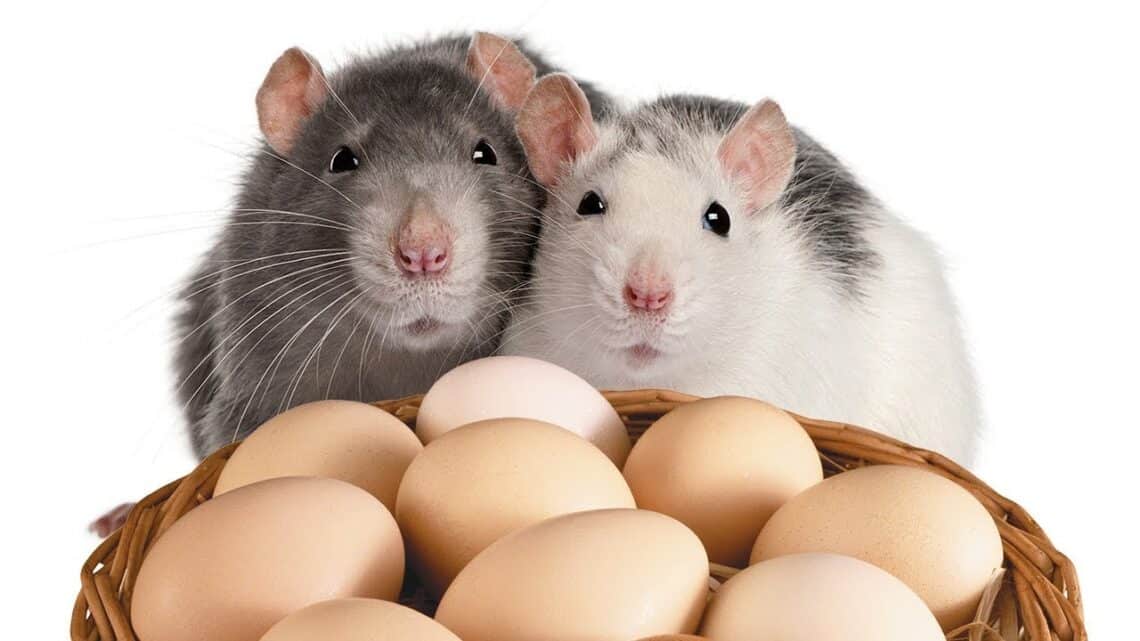
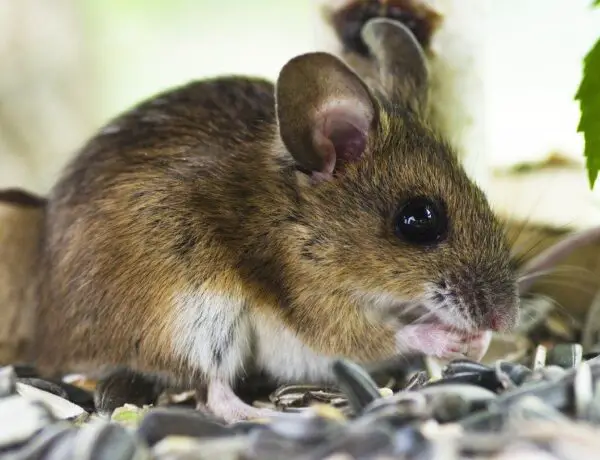
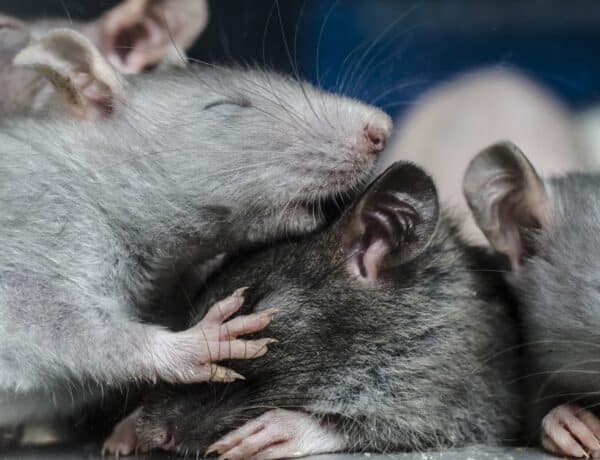
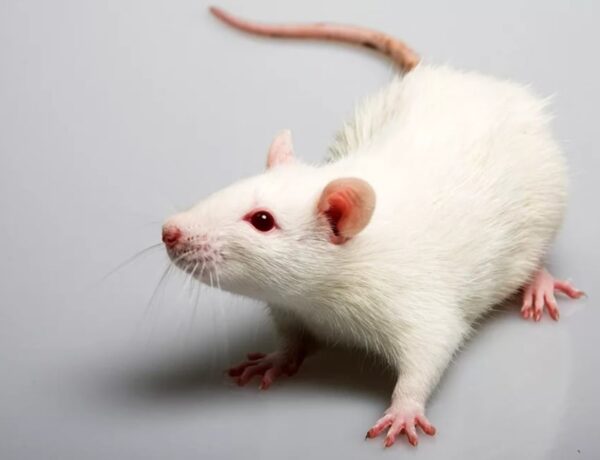
No Comments